Symbiogenesis: The fringe belief of cooperative evolution
Sloppy Sunday
Sloppy Sunday
Hi there, and welcome to Engineering Our Social Vehicles— I’m your host, Paul Logan. We’ve got a doozy of a show for you today- it’s Sloppy Sunday. If you’re new around these parts, that means on Sundays we like to get those longer pieces out there, even if it means they are a little rough around the edges. Today, I’m going to be talking about a topic that’s sort of central to EoSV: Symbiogenesis.
Scientific Backgrounds
One of the most interesting topics in biology to me is the differences in evolution theory that cropped up in different societies. Biology has a history of seminal works from perspectives on the fringe influencing the field:
Mutual Aid: A Factor of Evolution by Peter Kropotkin (which we’re about to talk about)
Fringe theories are often informed by the political and social environments of their authors. People who teach history of science really like to lean on the fact that russians came up with ideas about life and adaptation that revolved around cooperation against harsh environments, and that Western scientists arrived at theories of rugged genetic individualism. Today, I want to discuss fringe evolutionary beliefs and the ideological underpinnings that polarized them.
Anarchic Altruism
In 1892 Peter Kropotkin— a russian revolutionary in exile for his participation in The Circle of Tchaikovsky — published The Conquest of Bread. It was one of the first works arguing for communal anarchism as opposed to the individual anarchism espoused by Proudhon and collective anarchism proposed by Bakunin in the prior generation of revolutionaries.
A decade later Kropotkin published Mutual Aid: A Factor of Evolution.1 In it he argued a distinction between individual competitive struggle and cooperative struggle against environment. It would have been easy to dismiss Kropotkin’s work as it comes from a time when everyone and their mother couldn’t stop talking about social darwinism. Many labeled Kropotkin as another radical dipping into the scientific honey-pot for ideologically affirming goodies.
This isn’t the case— Stephen Gould2, who developed and popularized punctuated equilibrium theory 3 and the term “Spandrel”, spoke out in support of the validity of Kropotkin’s theories.4 Mutual Aid anticipated mutualism and provided one of the first theoretical frameworks to understand altruism among individuals in biology.
Kropotkin would go on to return to Russia in 1917 after the February Revolution. Though initially excited by the political turn to communism, he died criticizing the Bolshevik dictatorship for overreach.
The Symbiogenesis Collective
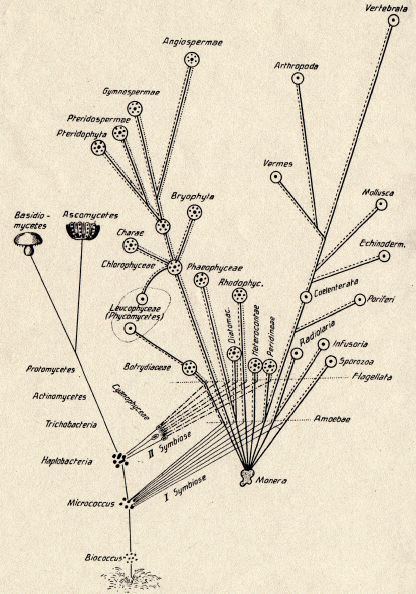
Symbiogenesis is taught in contemporary biology as the theory that eukaryotes (cells with membrane-bound organelles) were created when free-living prokaryotes (cells without membrane-bound organelles) merged via endosymbiosis. Essentially, some organelles are prokaryotic symbiotes living inside of a larger cell. Mitochondria and chloroplasts are definite results of this process. This is a big deal because it means that the only reason multicellular life exists on this planet is due to cross-species cooperation.
Three years after Kropotkin published Mutual Aid, russian botanist and generally not-good-person5 Konstantin Mereschkowski outlined symbiogenesis as a novel theory of selection and speciation in The nature and origins of chromatophores in the plant kingdom.
Kropotklaborated on a footnote from Andreas Schumper’s work that proposed green plants had arisen from a symbiotic union of two organisms after comparing chloroplasts to cyanobacterium.
Ivan Wal a first-generation swedish-american academic known for organizing his students into “Club Wallin,” which drank lavishly and built his house for him— followed up Mereschkowski with a series of experiments on mitochondria that were compiled, published, and ignored in a 1927 book Symbionticism and the Origin of Species.
Boyis Kozo-Polyansky, another russian, was ridiculed for synthesizing symbiogenesis and darwinism in his 1924 The New Principle of Biology: An Essay on the Theory of Symbiogenesis, which had a bit of collectivist slant to its language:
It was not the drive toward the division of labor that led to the formation of these organoids, but the fact that certain partners joined the system that made a specific scheme of labor division possible.
The rise and fall of Lynn Margulis
The symbiogenesis theorists sat ridiculed in the waste bin of history until Lynn Margulis’s6 1967 paper On the origin of mitosing cells, which revivified the old theory with microbiological backing. Margulis synthesized new evidence of separate, unique DNA in organelles to argue for an endosymbiotic origin. A massive body of research documenting the truth of an ancient endosymbiotic merger came soon after, and the field concluded the theory aptly explained the origin of eukaryotic life and moved on. However, Lynn wasn’t done.
Lynn Margulis made her career as a revolutionary scientist. By that, I mean she was a scientist in constant revolt against the commonly held beliefs of the field. She championed both the Gaia hypothesis and “Five Kingdoms” taxonomic classification from their early status as fringe theories into more generally accepted beliefs. She regularly criticized neo-darwinism, leading to career-spanning debate with prominent figures in evolutionary theory.
What was she constantly arguing about? Margulis believed that symbiosis was the most important mechanism in evolution. She was emphatic that life was about cooperation between systems, not competition between individuals.
[Neo-darwinists] wallow in their zoological, capitalistic, competitive, cost-benefit interpretation of Darwin – having mistaken him.
Margulis held this conviction as an extension of hey work on endosymbiotic theory, which she saw as foundational evidence for her assertions. Wikipedia confuses this issue by redirecting “endosymbiotic theory” to “symbiogenesis.” According to Margulis, these were not the same thing:
Endosymbiotic theory is the theory of the birth of eukaryota via symbiotic merger of prokaryotes.
Symbiogenesis, if taken as described by its benefactors, is the theory that symbiosis is the primary driving force behind speciation and evolution.
"Life did not take over the globe by combat, but by networking."
The contemporary theory of symbiogenesis taught in school stops short of the full theory proposed by its discoverers. Symbiogenesis as speciation was not a popular theory, and has been written off by neo-darwinists7 to the degree of being almost impossible to find stated discretely on Wikipedia outside of mentions of Lynn Margulis.
This is odd, as there’s a diverse, active, and longstanding body of research on the theory. As the role of microbiomes and endosymbionts become increasingly studied, many are shifting to her view of things, especially communities that study co-evolution and hologenomics.
Sadly, Margulis died accused of AIDS denialism and as an outspoken 9/11 conspiracy theorist. In an interview with her published just 5 months before her death in 2011 she explains her position on evolution, AIDS actually being syphilis, and more. Though she saw some of her theories vindicated, she saw many more vilified.
Just-so speciation
Before microbiology, all of evolutionary theory was just vibes. You came up with a story and tried to find evidence that best fit that story. When it came down to figuring out the truth between two competing theories, the story with the better fit won. Microscopy and genetics spoiled the party by requiring DNA evidence for evolutionary theory. These were “just-so” stories, a phrase popularized by Stephen Jay Gould to criticize theories on evolutionary psychology as unprovable with objective science.
Darwin himself had a problem, what we now call “Darwin’s dilemma”. He didn’t know why speciation happened. Despite proponents of the 20th century synthesis declaring the problem “solved,” the literature is far from settled. We still haven’t proven a true mechanism for sympatric speciation (speciation that doesn’t involve geographic separation). Our current ideas are all just-so stories without anything more than situational evidence that can be used to suggest truth. We’ve been able to speciate fruit flies and yeasts in laboratory experiments, but these studies haven’t resulted in conclusive evidence of a specific mechanism powering species differentiation. We can use sequencing and viability experiments to prove speciation happened, but we can’t use them to prove how it happened.8
I’m inclined to believe the foundations of Margulis’s theories on cooperation as the principle evolutionary driver. I can’t speak to all the weird spirochete stuff, but the research that’s regularly emerging on the importance of microbiomes and endosymbiotes nowadays inclines me towards a solidarity-centric model of evolution over a competition based model. I think the two can co-exist, but as I’ve elaborated in past articles, I believe in group and hierarchical selection. I’ve previously posed a sort of symbiosis between homo sapiens and self as informational life, which I’d view as symbiogenesis speciation. In my recent article What are social vehicles anyways? I mentioned that most of the philosophy I expound in this newsletter can be likened to metasystem transition, which is very much a cooperation & group selection model of evolution.
Here are a few of the just-so stories that convince me towards believing Margulis:
The original 1967 On the origin of mitosing cells and the following acceptance of the endosymbiotic theory of eukaryotic speciation.
Brucker and Bordensteins’s 2012 “Speciation by Symbiosis” which synthesizes contemporary microbiological research to support the hypothesis.
There’s a famous 1976 paper by K W Jeon in which a paramecium induced into endosymbiosis began to die without its symbiont after only a few generations.
Blank and Trench’s 1985 “Speciation and Symbiotic Dinoflagellates” which found differentiated chromosomal numbers and volume in a strain of algae that was symbiotic with marine invertebrates as opposed to other strains.
A 2002 paper that suggests symbiosis could play a role in the evolution of mating preference.
Bordenstein’s 2015 work on the effect of hologenomics and holobiome on host biology.
Bonus Round: Wikipedia Problems
In general, evolution Wikipedia is a mess. There’s too many independent theories, too much history, too many crackpots.
In the article History of evolutionary thought, endosymbiotic theory is mentioned only in passing as support for the importance of horizontal gene transfer. To add insult to injury, the symbiogenesis theory of speciation is mentioned under “Gaia hypothesis” in the section “Unconventional evolutionary theory,” which is a gross mischaracterization of the independence of the two ideas. History of speciation has the same problem of omitting symbiosis based theory.
The gold star goes to “Universal Darwinism," a theory proposed by John Campbell, who seems to be the exclusive editor of the page and owner of www.universaldarwinism.com. It also links to universalselection.com, which is owner and maintained by D.B. Kelley:
D. B. Kelley, Author of The Origin of Phenomena
Born in 1970, author D. B. Kelley attended the Ohio State University from 1989 to 1993 where he majored in architecture but focused heavily upon science as a whole. He discovered his theory of ‘universal selection’ only months later at just 24 years of age. Kelley has thus spent more than two decades applying selection to science in its entirety, his primary focus being in astronomy, physics and quantum physics. He has therein exposed many deterministic mechanisms by which phenomena have emerged, including even life some 3.7 billion years ago. In an effort to further confirm these resounding implications, Kelley has now tailored a complete rewrite of Darwin’s ‘book that shook the world,’ logically titled The Origin of Phenomena.
As another person whose qualifications are just some guy who thinks about stuff, I really shouldn’t say anything. But… the line“at just 24 years of age" cracks me up so much that I had to share it.
Wikipedia is supposed to be a central knowledge repository, not a transitive content platform, so manipulating it to promote your own ideas feels scummy to me.9 The wiki page woozle-washes blatant self-entry with a bunch of random links to research that’s only related in that it at some point leans on darwinism as a metaphor. The talk page is pure gold:
This article appears to be an indiscriminate list of mentions of the phrase "universal darwinism", without any indication that it is a coherent heterogeneous topic.
— Hrafn, 2008
The first five paragraphs in this section is cited solely to the writings of the parties involved -- not a single third-party source in them.
— Hranf, 2011
Conclusion
Scientist’s worldviews often color their work. A series of collectivist scientists have produced a body of work leading to the symbiogenesis theory of speciation— one that centers cooperation, not competition as the base mechanism of evolution. The convoluted history and narratives surrounding evolutionary biology seems to have erased this theory of change from common knowledge, especially Wikipedia. This article has been my attempt to educate you, dear reader, on a collaborative side of… well, life.
Follow me on twitter and tell me what you thought about this tome of an article!
Yes, this is where the the modern name for “Mutual Aid” as a social solidarity structure comes from.
Gould is one of my favorites and the all time greats. He had an eventually-resolved spat over sociobiology with another evolutionary theory hero of mine, E.O. Wilson, who was an early proponent of the gene as a base unit of selection (among a gazillion other things). Not to be confused with David Sloan Wilson- with whom E.O. Wilson also had a longstanding academic spat that eventually resolved in Wilson and Wilson Group Selection.
God, these Harvard evolutionary biologists really like to argue for a decade and then make up by publishing a paper together.
With Niles Eldredge, who mostly kept to studying bones and out of politics.
Mereschkowski was accused of dozens of rapes of very young girls for which he constantly fled prosecution. He also was an avid eugenicist and anti-semite and informer for the soviet secret police in their jew-hunting. He did a stint in the US under a fake name, where he fled another rape charge in California and published a book title The Earthly Paradise, or a Winter Night’s Dream. A Fairytale of the Twenty-seventh Century: A Utopia, which was pretty much a loli novel.
I should clarify that i’m talking about supporters of the 20th century “modern synthesis” of darwinism and mendelian genetics.
Disclaimer: There are thousands of papers out there proposing they’ve found evidence for speciation, please don’t just take my word for it- just because I’m not convinced by current evidence doesn’t mean you won’t be.
Yes, I understand that this kind of makes me a hypocrite for posting my own content to reddit. So be it.




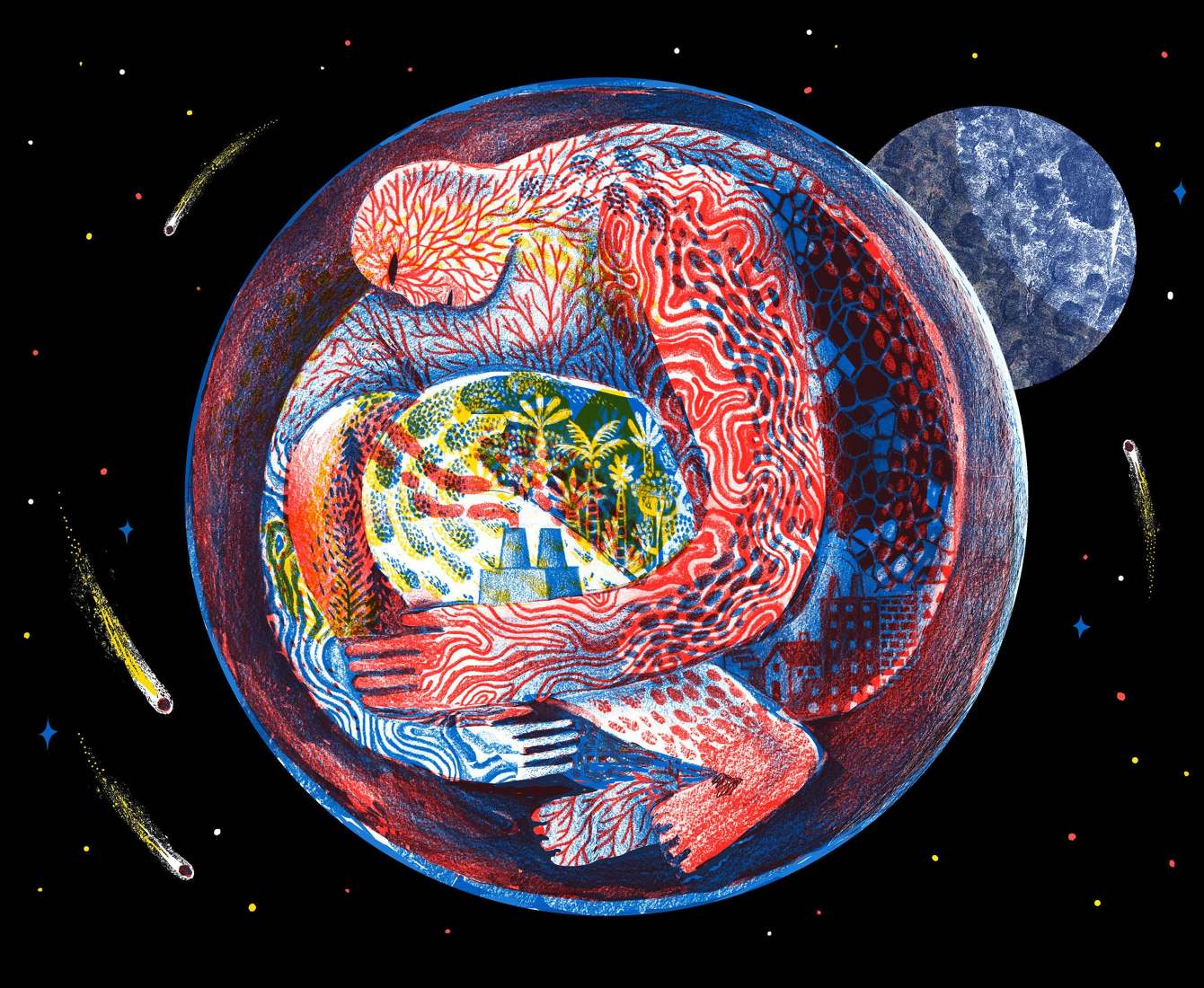
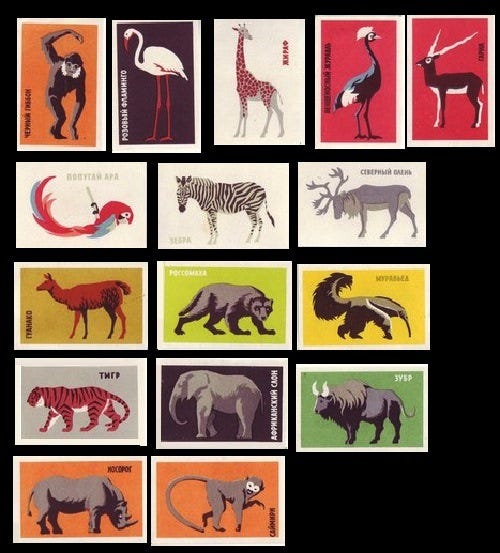

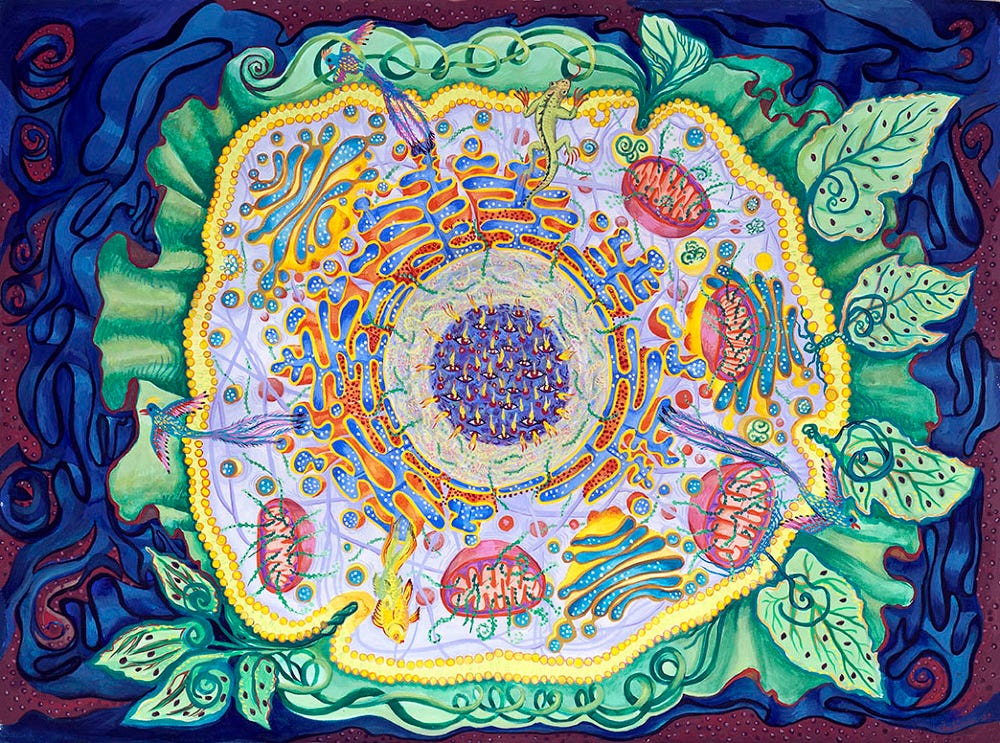
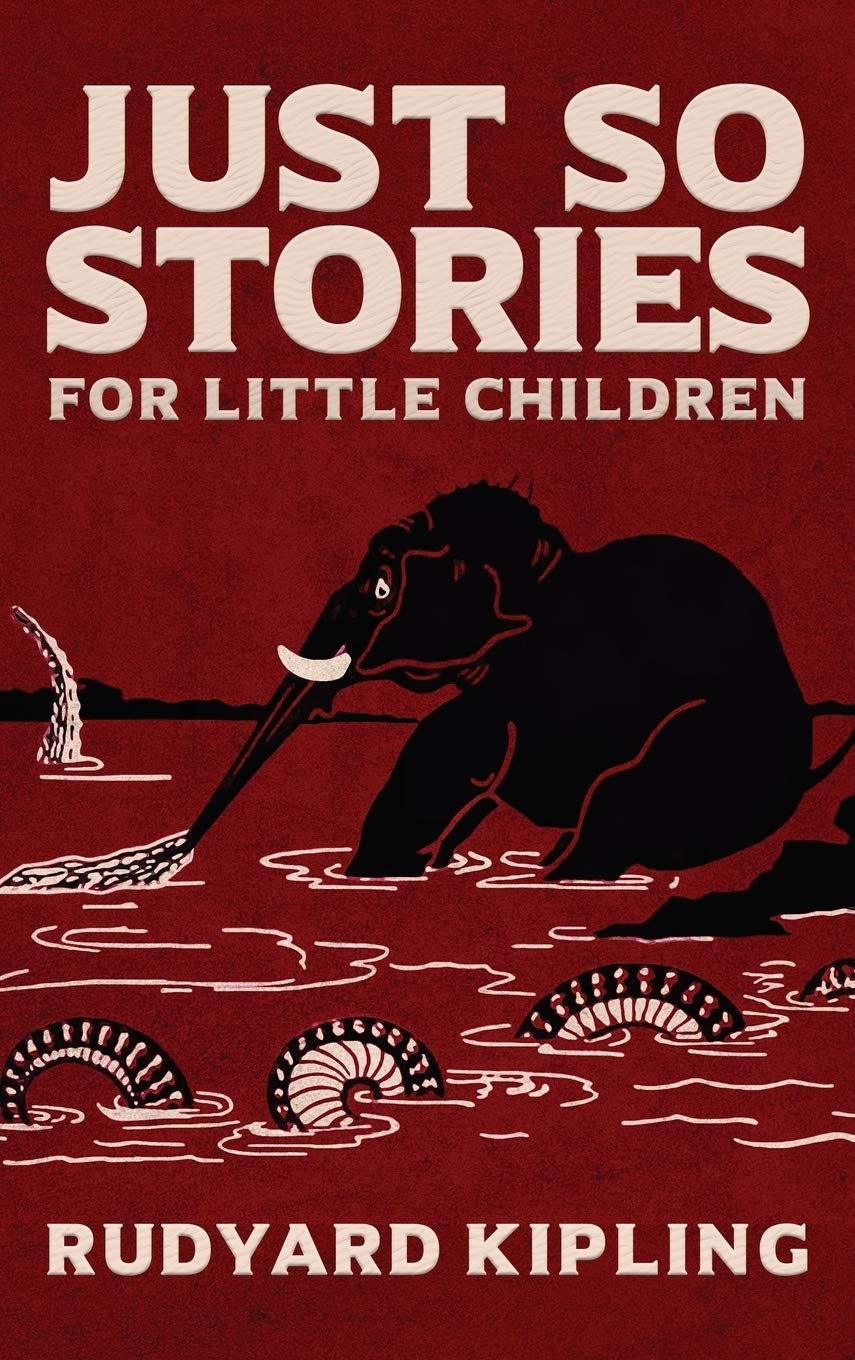
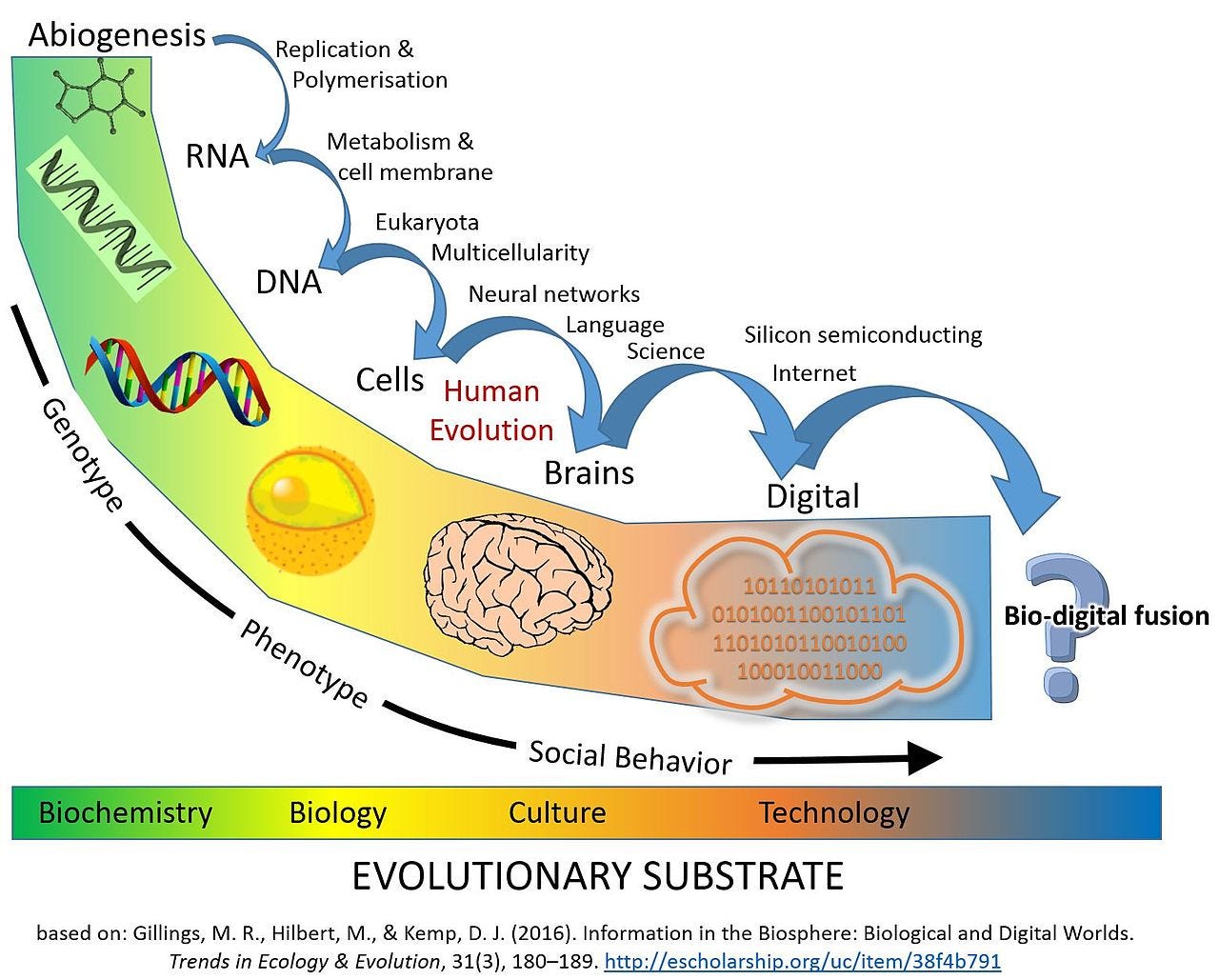

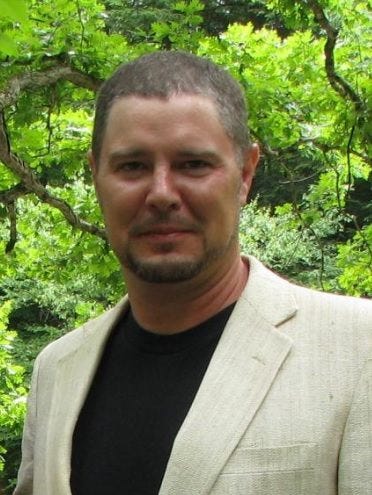

I appreciate you are dunking on DB Kelley's weak bio here, but his book is actually pretty interesting and includes references to Margolis's symbiogenesis. I think the presentational flaw is in describing this as "universal darwinism/selection" when it's better seen as an update for Teilhard's "universal evolution" idea.